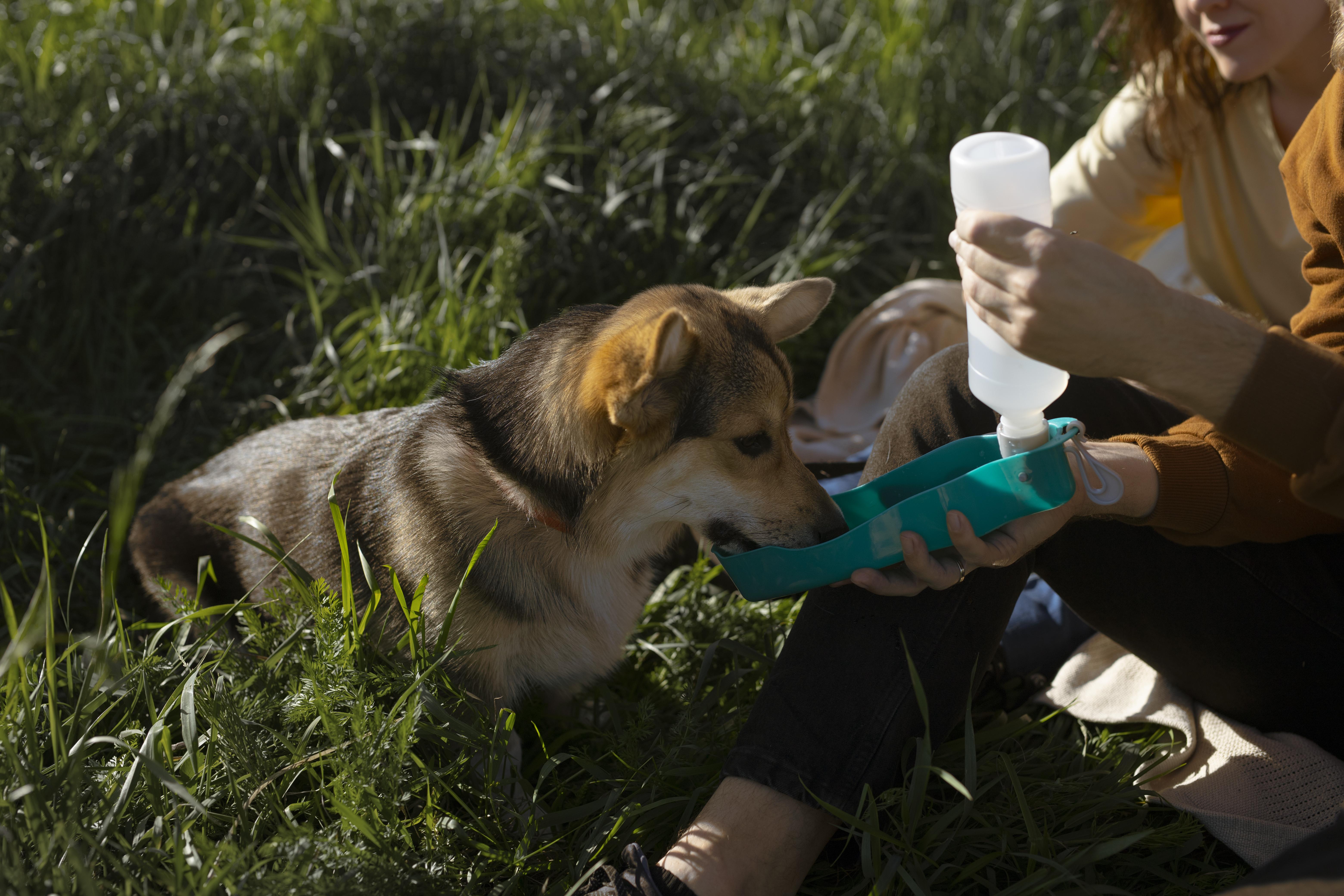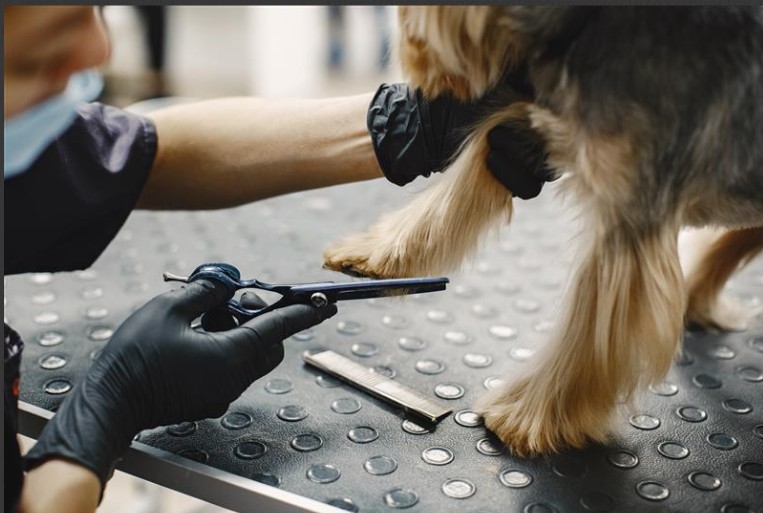In pet care, particularly for our four-legged canine friends, the decision to enroll them in boarding and training facilities is often made with hope, trust, and apprehension. Many pet owners rely on these facilities to care for and train their pets due to time constraints, lack of expertise, or other reasons. However, the journey is not always smooth, and there have been increasing instances of K9 boarding and training complaints that shed light on the darker side of this industry. This blog aims to explore these complaints, drawing from various sources and personal accounts, including the heart-wrenching story of Leia. This case has become a rallying cry for better oversight and standards within the pet boarding and training sectors.
The Growing Concern
K9 boarding and training facilities have increased, offering services from basic obedience training to advanced behavioral modification. While many of these establishments operate with the highest standards of care and professionalism, the surge in demand has also led to the emergence of less scrupulous operators. It is here that the majority of K9 boarding and training complaints originate, highlighting issues such as neglect, abuse, and inadequate training methods that, in some cases, do more harm than good.
The Case of Leia: A Catalyst for Change
The story of Leia, a vibrant and spirited dog whose experience at a boarding facility left her and her family distressed, is a poignant example of what can go wrong. Leia was sent to a well-reviewed facility for what was supposed to be a routine training program. Emma Tabei, a renowned figure in the world of K9 training, was perceived as the ideal choice for Leia's trainer, given her impressive online presence, numerous positive testimonials, and years of professed expertise. For Leia's owner, entrusting Emma with her cherished dogs seemed straightforward, driven by the belief that Professional K9s would fulfill their training and care requirements.
However, this decision led to an unforeseen and tragic outcome. After a 34-day board-and-train program at Professional K9s, Leia's owner was confronted with a nightmare scenario: a call informing her that Leia had died. The subsequent autopsy unveiled a grim reality: Leia had succumbed to severe dehydration and heat exhaustion and had blistered paw pads — clear indicators of gross neglect. This revelation exposed a harsh truth: Leia had endured extreme suffering during her stay at the facility, neglected and unaided in her direst moments.
Leia's ordeal and the circumstances of her death ignited a widespread outcry on social media, encapsulated by the movement "Justice for Leia." Her story vividly illustrated the profound emotional and physical impact that inadequate care in such facilities can inflict on pets. It spurred pet owners and animal rights activists into action, advocating for tighter regulation and scrutiny over the pet boarding and training industry, hoping to prevent such tragedies in the future.
Common Complaints and Red Flags
Some K9 boarding and training complaints against facilities are varied yet share common themes. These include:
Neglect
Neglect encompasses a range of failures in providing primary care necessities such as food, water, and appropriate shelter. This lack of care can lead to various health issues in pets, from dehydration and malnutrition to severe stress and anxiety. Such conditions not only affect the physical health of the animals but can also have lasting impacts on their psychological well-being. Signs of neglect might include visible weight loss, dehydration, a lack of energy, or changes in behavior that indicate distress.
Abuse
Abuse in boarding and training facilities can take many forms, including physical abuse through excessive force or punishment-based training methods that are not only outdated but also harmful. These actions can lead to long-term behavioral problems, including increased aggression, fearfulness, and an inability to trust humans. Trauma from abuse can require extensive rehabilitation and may not always be fully reversible, highlighting the need for training methods that are based on positive reinforcement and respect for the animal's well-being.
Misrepresentation
Misrepresentation by facilities promises high-quality care and expert training but falls short due to various factors such as unqualified staff, overcrowding, or a lack of individualized attention. This can lead to unmet expectations and, more importantly, a failure to address each pet's needs. Overcrowding can exacerbate stress and aggression in dogs. At the same time, unqualified staff may not be equipped to handle behavioral issues or recognize signs of distress, leading to a negative experience for the pet.
Health Concerns
Poor hygiene practices and inadequate veterinary care can result in the outbreak of diseases within a facility, posing a risk to all boarded pets. Contagious conditions can spread rapidly in a communal setting, and without proper preventive measures and immediate medical attention, these health issues can escalate, leading to severe consequences for the pets. Ensuring facilities have strict hygiene standards and access to veterinary care is crucial in preventing such outbreaks.
These issues highlight the need for more diligent oversight and underscore the importance of transparency and accountability within the industry.
Vetting a Boarding and Training Facility
Pet owners must thoroughly research and vet potential facilities in light of the K9 boarding and training complaints. This includes looking for reviews, asking for references, touring the facility in person, and inquiring about the qualifications and training methods of the staff. Moreover, understanding the signs of stress and discomfort in pets can help owners decide whether a facility suits their animals.
Legislative Actions and Industry Standards
The outcry following incidents like Leia's has led to increased calls for legislative action and the establishment of industry-wide standards. Some regions have begun implementing stricter licensing requirements, mandatory staff training, and regular inspections to ensure compliance with animal welfare laws. Additionally, there is a growing movement towards transparency, with advocates pushing for facilities to allow continuous access to webcams so owners can monitor their pets' well-being in real-time.
The Path Forward
As we continue to navigate the complexities of K9 boarding and training complaints, the path forward must be paved with a commitment to transparency, accountability, and compassion. Facilities must prioritize the health and well-being of the animals in their care, adopting ethical training methods and ensuring their staff are adequately trained and empathetic. For pet owners, remaining vigilant and informed is critical to making the best choices for their furry family members.
The ultimate goal is to guarantee that stories of neglect and mistreatment become the exception, not the norm, allowing pet owners to trust that when they place their beloved pets in the hands of boarding and training facilities, they are indeed in good hands.






